Health is a chief factor in productivity losses. When employees are sick, costs increase. In the US, poor worker health costs employers $530 billion a year. In Australia, the cost of work-related injury and disease is $61.8 billion a year.
These costs arise from both direct losses, such as sick leave wages and workers compensation premiums, and from the harder-to-measure indirect costs. Indirect costs are those costs associated with lost productivity due to worker absence, chronic conditions that cause ‘impaired performance’ and reduced work output. But whether from direct or indirect costs, the expense of employee health can have a serious impact on the bottom line.
Understanding the impact of heath on productivity is an essential part of running an efficient and successful organisation. And the best way to combat productivity losses from poor worker health is by gathering relevant data and creating data-driven health initiatives that increase health and, by extension, productivity.
Data-Driven Health Initiatives that Increase Productivity
Data-driven health initiatives are an essential part of improving the health and productivity of employees. Of course to create these programs, the first step is gathering the relevant data.
Gathering Health-Related Employee Data
A study conducted by BUPA shows that Australian employers are increasingly using data in their planning for their work health strategy. This data allows employers to build an evidence base for their commercial and workforce health needs. Most frequently this entails reviewing productivity data, but many also review findings from health risk assessments, health screening programs, employee assistance programs and insurance claims.
Organisations can also benefit from gathering biometric data, such as weight, body mass index and blood glucose. Offering biometric screenings to employees can give the employess themselves a better understanding of their own health, and provide insight around the best health and wellness initiatives to implement. Advanced programs can include connected devices such as a bluetooth-enabled wireless scales and blood pressure monitors.
Understanding the impact of health on productivity through data analysis allows you to create and implement solutions to combat poor employee heath. When health increases, so does productivity.
Establishing Data-Driven Health Initiatives
Most organisations already have some initiatives in place. These might include a workplace policy on tobacco control, flu vaccination programs, wellness seminars, screening programs and employee assistance programs. They might also include in-office meditation rooms and ergonomic designs, such as standing desks.
But many are also starting to think outside of the box and are looking for ways to support employee mental wellbeing, healthier eating habits and better sleep management. Others are also implementing digital health platforms such as wellness portals and mobiles and telehealth programs.
Benefits of Data-Driven Health Initiatives
Workplace health and wellness programs benefit employees by increasing health, wellness and longevity. But they also benefit employers. Some of these benefits include:
- Lowering health care costs.
- Reducing absenteeism.
- Reducing turnover.
- Achieving higher employee productivity.
- Boosting job satisfaction.
- Reducing workers’ compensation and disability-related costs.
- Reducing injuries.
- Improving employee morale and loyalty.
- Attracting and retaining high-performing employees.
And when it comes to the bottom line, studies show that instituting workplace health and wellness initiatives can reduce average direct costs (such as sick leave wages and workers compensation premiums) by approximately 25%.
Measuring the Success of Your Health Initiatives
As with any investment or project, evaluating the effectiveness of the wellness program is important in sustaining management and employee support and in revising or implementing new programs. Employers should have established metrics and baselines at the rollout of any wellness initiative, which will vary depending on the programs implemented. For example, employers may measure participation rates, program completion rates, reduction in health care costs and percentage of employees who stopped smoking or lost weight. Employers may also want to measure the return on investment (ROI). Regardless of the tools or measurements used, evaluating the effectiveness of the wellness program is an important step in the ongoing management of the program.
Once you’ve established your workplace health programs, it’s important to measure their effectiveness in order to sustain management and employee support and revise or implement new programs. Employers should have established metrics and baselines at the rollout of any wellness initiative, which will vary depending on the program (see example below).

Source – BUPA Benchmark Report
The impact of your work health strategies can be measured through workplace data, such as sick leave and attrition, recognising that changes in your metrics might be difficult to attribute solely to your strategies. But when considered with other factors (such as viral outbreaks) and your baseline data (an example as shown below). You’ll be able to confidently understand your impact and gain more valuable data for future decision making.
Regardless of the tools or measurements used, evaluating the effectiveness of the wellness program is an important step in the ongoing management of the program, and in understanding the impact your strategies have on employee productivity generally.








